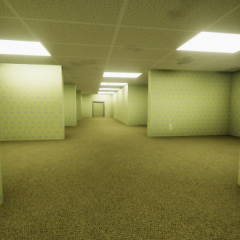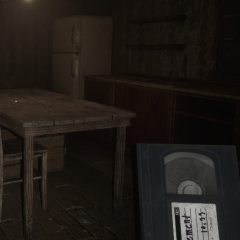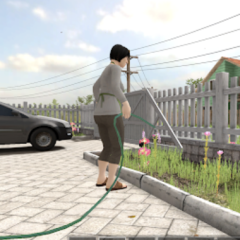Mastery of Stealth Mechanics
To succeed in SchoolBoy Runaway, mastering the art of stealth is essential. Players must maneuver around the house with caution, utilizing shadows and household furniture for cover. The game emphasizes the importance of sound, where even minor noises like the creaking of floorboards or the rustling of papers can alert the watchful parents. This requires players to plan their routes carefully and time their movements with the parents’ patterns and distractions.
Engaging with Complex Puzzles
The core of SchoolBoy Runaway’s gameplay involves solving various complex puzzles that block the path to freedom. Each puzzle is cleverly tied to the household setting—unlocking a password-protected computer, finding hidden keys, or assembling makeshift tools from household items. The puzzles are about finding objects and about using them in unconventional ways to create new escape routes or distract the parents long enough to make a critical move.
As players progress, the puzzles become increasingly intricate, requiring more thorough exploration and strategic thinking. This gradual increase in difficulty helps keep the gameplay engaging and challenging, pushing players to constantly adapt their strategies.
Adaptive Challenge and Replayability
What sets SchoolBoy Runaway apart is its dynamic difficulty and multiple endings. The decisions players make have tangible effects on the game’s outcome. Being caught can lead to stricter surveillance, while perfect stealth may unlock shortcuts or secret areas. This variability adds significant replay value, as different approaches can lead to distinct endings, encouraging players to revisit the game to explore all possible scenarios.
SchoolBoy Runaway blends the thrill of evasion with the satisfaction of problem-solving, all within the familiar yet unpredictable confines of a lively household. This game offers a unique take on the escape genre, providing players with a rich blend of narrative depth and interactive gameplay.




















